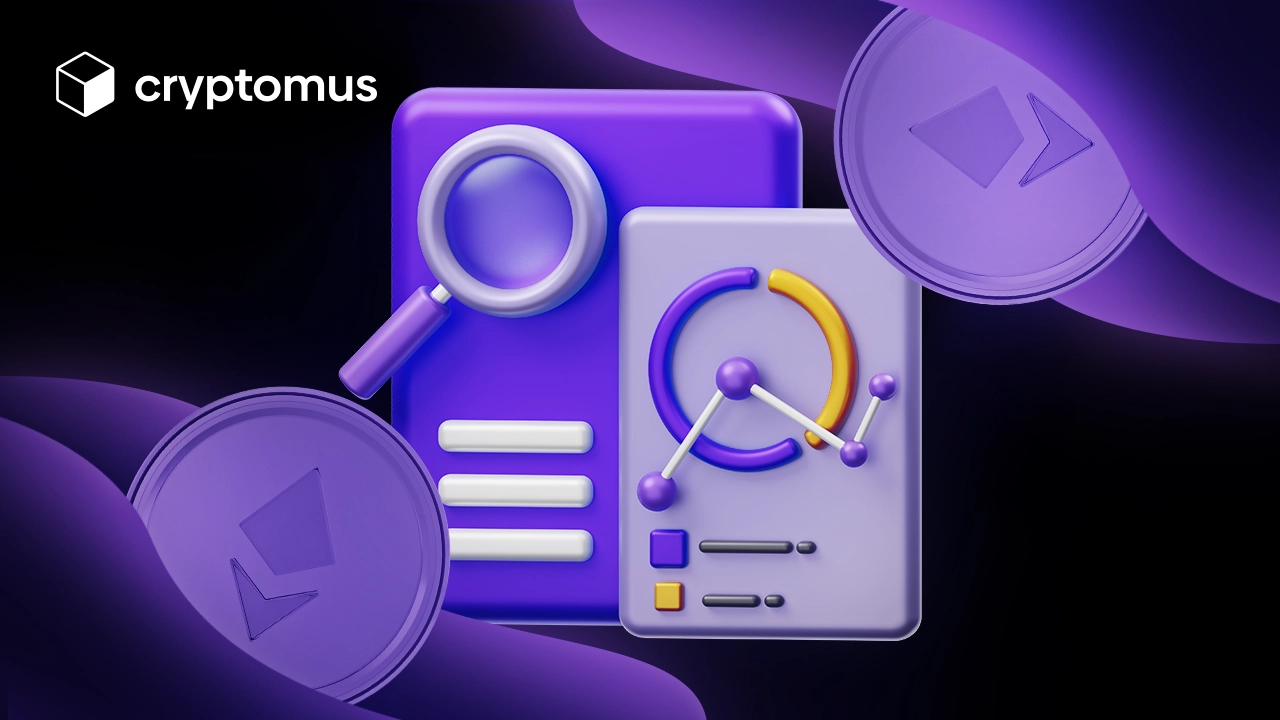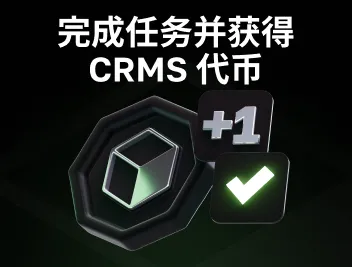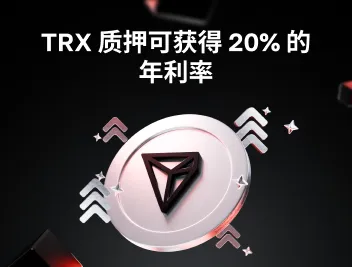
如何对加密货币进行深入的基本面分析
加密货币基本面分析是加密货币投资的关键要素。 如果没有它,就很难确定哪种加密货币适合投资,哪种不适合。 今天,您将学习如何进行加密货币基本面分析,并发现用于进行加密货币基本面分析的关键指标、指标和工具。
什么是加密货币的基本面分析?
让我们面对现实吧,没有人喜欢失去投资。 人们非常不喜欢它,以至于有一天他们发明了基本面分析,这有助于确定这种或那种资产的前景。 最初,这种分析是在股票市场上进行的,但随着数字货币的发展,后来这种现象决定扩展到加密货币市场这样的领域。 这就是加密货币基本面分析的由来。
加密货币基本面分析根据各种标准确定对加密货币内在价值和潜力的评估。 这样做是为了了解感兴趣的加密货币是否被高估或低估。 这种基本的加密货币分析可以帮助人们做出正确的决定来保存和增加资金量。
如何进行加密货币的基本面分析?
为了对加密货币进行基本面分析,用户必须考虑多种因素。 这些因素既可以是定量的,也可以是定性的。 前者指的是精确的数字和可测量的特征。 后者的指标通常不太明确,指的是事物的性质或质量。 在下一部分中,我们将向您介绍可用于加密货币基本面分析的这些因素、指标和工具。
基本面分析指标、指标和工具
需要考虑三种类型的基本加密因素:
- 财务指标;
- 项目指标;
- 区块链或链上指标。
财务指标告诉我们加密货币的经济因素,包括:
-
市值: 如果不分析市值,你就无法去任何地方,因为它决定了加密货币的规模和相对价值。 一般来说,当高市值的代币往往更稳定时,低市值的代币有更好的增长机会。
-
流动性: 简而言之,流动性是指买卖加密货币的难易程度。 在确定这个指标时,许多人更喜欢高流动性,因为它可以提高交易效率。 该参数的指标是买卖价差。
与财务指标不同,项目指标是定性的。 它们帮助用户评估所开发项目的质量并了解加密货币的成功潜力。 这些包括:
-
白皮书: 白皮书是由加密货币开发人员开发的文档,概述了该项目的目的、技术和用例。 这样的文档有助于找到有关加密货币的许多问题的答案。
-
团队和竞争对手: 开发人员或团队的公开历史可以激发用户更多的信任。 毕竟,了解一个项目存在了多长时间以及借助哪些技术取得了成功,可以帮助分析其产品的前景。 但不要忘记你的竞争对手。 更强大的竞争对手可以决定您选择的代币是否会持续存在,并且可以帮助突出加密货币的优点和缺点。
区块链指标提供有关加密货币网络的基本信息,并识别与资产中发生的技术和流程相关的因素。 链上加密货币基础指标包括:
-
哈希率: 这是挖掘加密货币的网络和设备的总计算能力。
-
活跃地址和交易数量: 链上工具测量给定时期内唯一地址和交易的数量,以深入了解用户参与度和区块链网络的采用程度。
-
交易价值: 该指标将显示在特定时间段内转移了多少。 一般来说,数量越高越好。
我们列出了您在进行加密货币基本面分析时应注意的主要指标。 你花在研究所有指标上的时间越多,你的分析就会越好,这将有助于确定你的投资前景。

加密货币基本面分析的优势
对加密货币进行基本面分析非常重要,因为它有很多优点:
-
加密货币的基本面分析使交易者能够评估加密资产当前市场价格之外的潜力和未来。
-
通过分析上面列出的所有指标,交易者可以确定使用加密货币的长期投资机会。
-
加密货币的基本面分析可帮助交易者考虑财务、项目和区块链指标等因素,做出明智的决策。
加密货币基本面分析技巧
我们已经向您介绍了最好的加密货币基本面分析工具,现在是时候总结和学习进行加密货币基本面分析的技巧了:
-
查看链上指标;
-
审查白皮书;
-
查找有关项目背后的团队和竞争对手的信息;
-
将基本面分析纳入加密货币决策过程,以降低与加密货币投资相关的风险;
-
不要将基本面分析视为投资决策的主要决定因素,因为仅根据基本面指标来预测未来价格走势可能具有挑战性;
-
研究加密货币的声誉。
今天,我们向您介绍了基本的加密货币分析以及可用于确保加密投资成功的指标。 谢谢阅读。 关注我们的更新,随时了解加密货币世界的新闻!
给文章评分








评论
0
您必须登录后才能发表评论